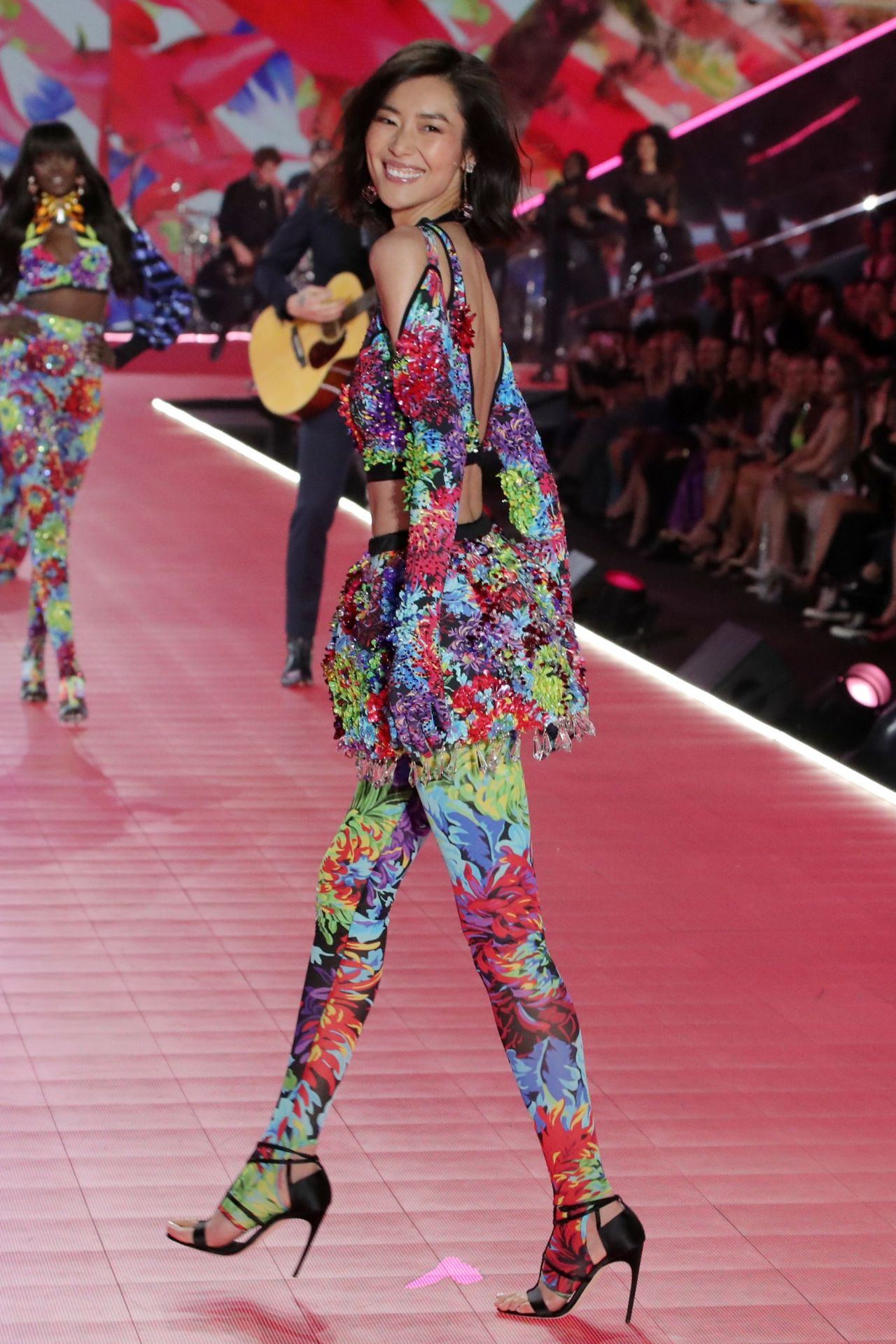

This year, Jones unveiled a buzzy Dior collaboration with ERL in LA, and ended the year with a celebration of not one but two blockbuster collections in Cairo, including one presented to 800 guests in front of the freakin’ Pyramids of Giza. When it comes to the scale and ambition of his work, the only person Kim Jones can outdo is himself. Beneath all the ’grammable moments and VVIP front rows and at the center of the constellation of events and activations that now circle the traditional schedule is, hopefully, some beautiful and compelling clothing that will inform how you and I dress. (The stench, however, was hard not to notice.) It was a reminder, important as ever, that often the best rewards are found by peeling back the layers of spectacle and remembering why these shows exist in the first place. Like when the music kicked on at Casablanca and the startled horses started pooping all over the floor, which most guests gamely tried to ignore. On the other hand, 2022 might be remembered as the year when the whole endeavor got a little too ambitious-when things started going haywire. The message was clear: as long as fashion sits at the center of popular culture, and money floods through the ecosystem, the brands are going to act accordingly. Emerging designers got in on the fun in their own ways, too, as when Mowalola returned from a three-year hiatus with a body-baring collection of X-rated ecclesiastical-wear. Gucci, in what would be Alessandro Michele’s final show for the Milanese powerhouse, cast 68 sets of painstakingly sourced identical twins. Louis Vuitton, for one, erected a colossal dreamworld in a courtyard of the Louvre to pay a final tribute to Virgil Abloh, complete with a marching band imported from Tallahassee and a Kendrick Lamar concert. This year, brands delivered in extravagant fashion. The audience expects more than a bunch of models stalking down a catwalk: they expect a performance. And these days, with thousands upon thousands of people watching dozens of shows in person and on their phones, brands have to devise increasingly elaborate ways of entertaining them. “Fashion week” (an imprecise term, but the best we have for now) hasn’t been the insider-y trade affair it once was ever since the rise of the supermodel in the ’90s.

You needed cool clothes, but you also needed horses. The prevailing wisdom seemed to be that beautiful clothing was no longer captivating enough-or maybe not even the point of runway shows anymore. As influencers edged close to the pen to snap horse selfies-and the horses snapped selfies of their own-the scene struck me as a potent symbol of the heady atmosphere that had pervaded the entire high fashion ecosystem that summer, the first since the onset of covid where the runway calendar was packed with in-person shows, presentations, and parties. At the Casablanca show, four shiny equines were corralled in the center of the carpeted runway, looking handsome and a little uneasy as guests filtered to their seats. Everything was going pretty smoothly-and then the horses started shitting.


 0 kommentar(er)
0 kommentar(er)
